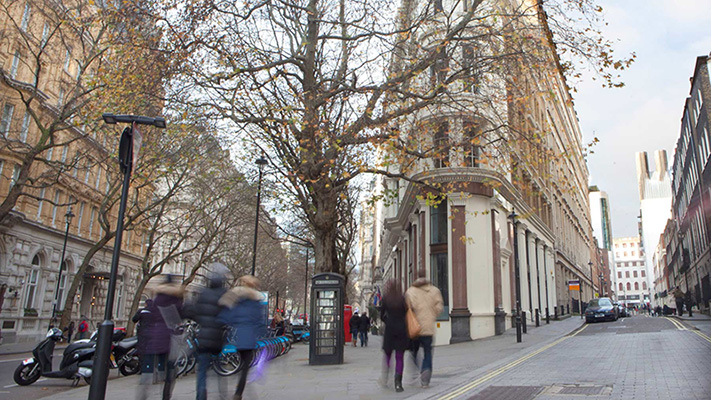
Capitalising Website Costs FRS 102
Pre-FRS 102 accounting requirements
Companies incurring expenditure on website development costs have historically accounted for them depending on the perceived long term net benefit to the business.
For accounting purposes, entities that have been within the scope of FRS 10 (the financial reporting standard for goodwill and intangible assets) have been required to capitalise website costs to the extent they comprise application and infrastructure development costs, design costs and content costs and only if the website is capable of generating revenues directly, for example by enabling customers to order items.
Initial website planning costs should be treated as normal revenue items in the company’s profit and loss account.
For tax purposes, website costs which have been treated as tangible fixed assets under FRS 10 have been eligible for tax relief in the form of capital allowances and therefore the 100% Annual Investment Allowance where applicable. This has meant that non-revenue website costs have historically qualified for tax relief in this way.
Accounting FRS 102 - Intangible Assets
For accounting periods commencing on or after 1 January 2015, affected companies will need to adopt FRS 102 (or variants of FRS 102 depending on their size) when preparing their annual financial statements.
Under the new requirements, the classification of website costs are not directly addressed and therefore the company should apply a suitable accounting policy to classify such costs, either as tangible fixed assets or as intangible assets. Website development costs may however be recognised as internally generated intangible assets if the company can meet 6 specific criteria, including the technical feasibility of completing the website so that it will be ready for use or sale and its ability to use or sell the website.
Website costs treated as intangible assets under these rules will attract tax relief based upon when they are recognised as costs for accounting purposes, such as amortisation or impairment.
What has changed
The tax rules deal with the situation whereby costs incurred on the creation of a website result in the recognition of an intangible asset. In this case, and where the asset was previously recognised as a tangible asset under FRS 10, it will be possible for tax purposes to continue to claim capital allowances for future expenditure on the website.
This transitional treatment is a welcome result for companies whose website spend can be significant.
The information in this article is believed to be factually correct at the time of writing and publication, but is not intended to constitute advice. No liability is accepted for any loss howsoever arising as a result of the contents of this article. Specific advice should be sought before entering into, or refraining from entering into any transaction.
